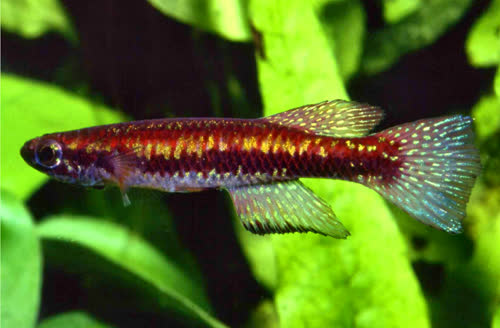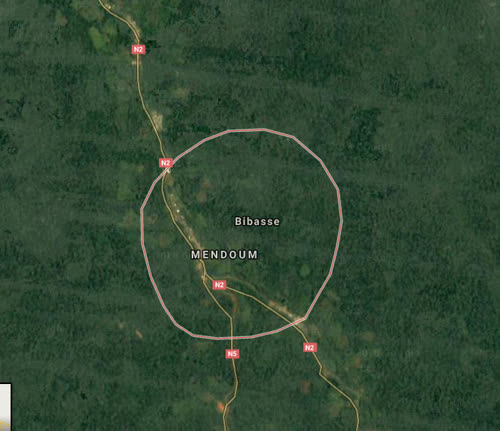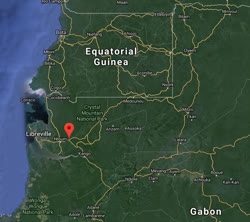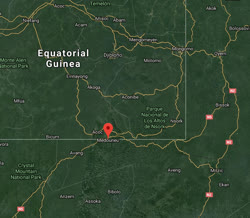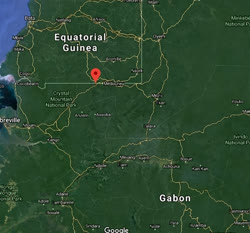|
Fig 1.0 - E. callipteron Type locality: a Stream, 6 kilometers southeast of Bibasse, at highway N2 from Oyem to Mitzic, in the Woleu/Rio Benito System, about 1°20'N, 11°39'E, northern Gabon. |
|
Fig 1.1 - E. krystallinoron Episemion krystallinoron Sonnenberg et al. 2006 Zootaxa 1361: 6 |
